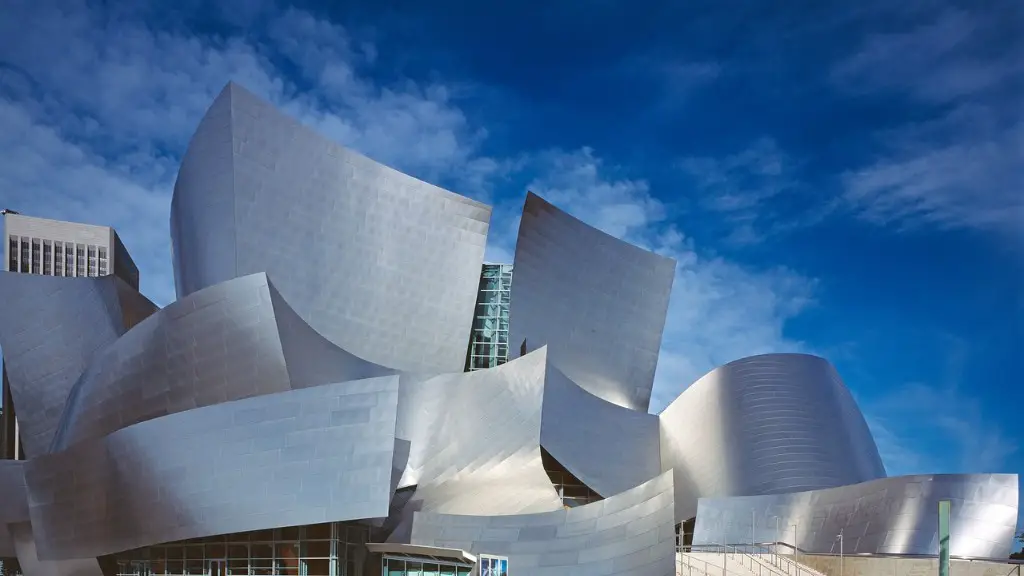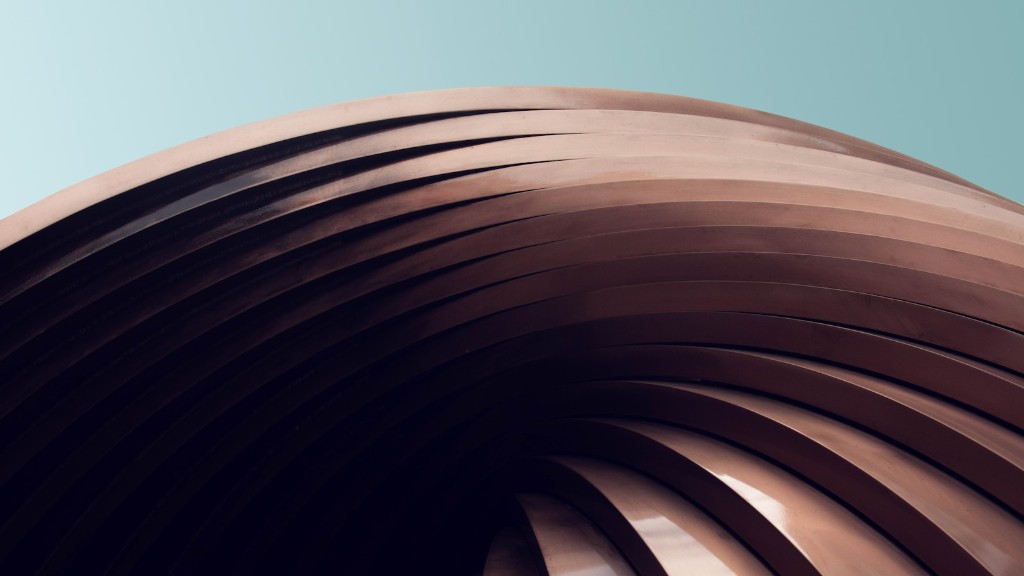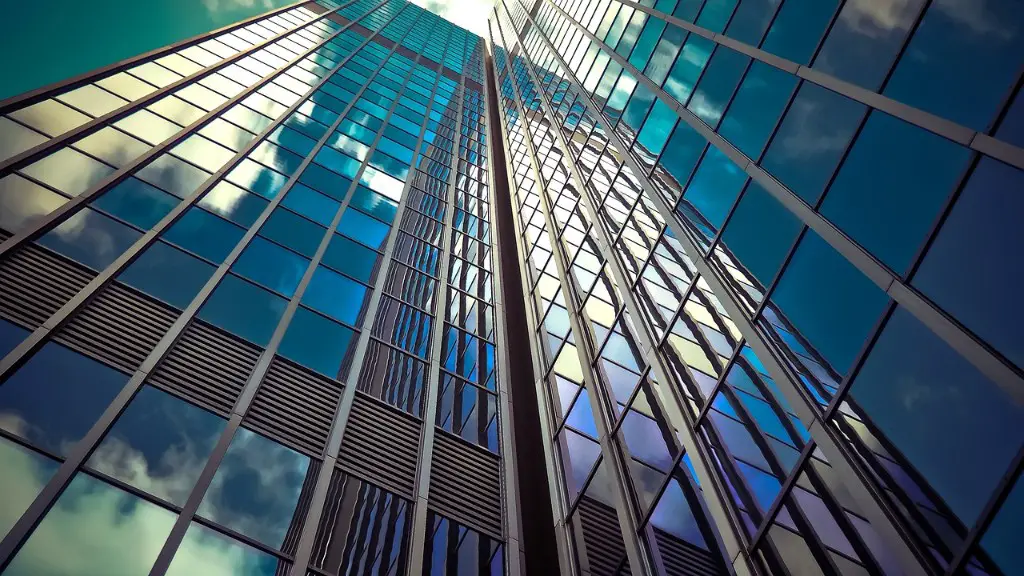Islam and Europe’s Heritage
In an era of increasing globalization, it’s important to consider the impact of Islamic architecture on the face of Europe – a legacy the region can never forget. During the Middle Ages, the Islamic world frequently interacted with Europe and designed a range of architectural masterpieces. Through the construction of grandiose mosques, impressive minarets, lit up fountains, regal palaces, and classy courtyards, Islamic architects have created a distinctive style that continues to influence the Western world today.
Impactful Cultural Exchange
The connection between the East and West is well-documented, and began as early as the 10th century. Europe was highly indebted to Islam for art, science, mathematics and literature. Islamic scientists even pioneered the discovery of mathematical theorems. During the peak of the Islamic Golden Age, in the 11th and 12th centuries, the architecture of Europe was developing at an astounding rate, with a vibrant mix of cultures that to this day still stimulates modern-day architecture.
Fusion of New and Traditional Elements
The impact of Islamic architecture wasn’t limited to one single location; it evolved from place to place as Islamic civilisations shifted over time. Islamic architecture blended traditional and modern elements – creating a unique vernacular, which meant the Islamisation of Europe was both a creativeness of Islamic government and a collaboration of localised forms. Interestingly, architects in Christian and Islamic countries began to share ideas and similarities and even adapt forms from each other.
A Symbol of High Culture and Power
Islamic structures and designs influenced the development of intricate structures of palaces and mosques right across Europe, throughout history and continue to do so today. They were meant not just as places of worship, but also acted as a manifestation of power and pride – grandiose and meticulously detailed completions, that signified a signal of high culture, Islamic dominance and supremacy from one place to another.
Integrating Islamic Elements
Surprisingly, many primary elements of Islamic architecture, such as arches, domes and pillars, were incorporated into the building of modern European churches and cathedrals. Numerous of their finest details were adopted from Islamic elements and were part of a large-scale intercultural exchange. The famous leaning tower of Pisa and the dome of St. Paul’s Cathedral are examples of how the Islamic design revolutionized European culture. The variety of shapes and patterns embedded in Islamic architecture, when combined with classic European designs, creates a harmonious combination of cultures and enhances the beauty of the towns and cities where they are seen.
Utopian Idealsa Incarnated in Exquisite Design
Islamic architecture is not just a beautiful sight, it is a reminder of the utopian ideals and beliefs expressed by its builders. Striving to emulate the idealised paradise described in their scriptures, the mosques, palaces and gardens found in the Islamic world express a world governed by justice and beauty. The structures are designed to be ornate, pleasant and calming – a perfect fusion of beauty, functionality and religion.
Building an Unforgettable Legacy
The beauty of grand Islamic designs, with its intricate details and marble finish, creates an unforgettable impression on the observer – an invigorating sight that questions all levels of the existence of architecture and its sustainability. The impact of Islamic architecture on the culture is evident today, partly in the continuous replication of details from the ‘old’ Islamic world into the ‘contemporary’ modern designs.
ERecreating the Magic of Islamic Architecture
In today’s world, there has been a great movement in terms of displaying and nurturing Islamic architectural designs. This is visible in the aedicules, sun dials, domes, turrets and other features which can be recognized across cities in Europe. The remarkable and superb features of these constructions by Islamic architects form the pride and glory of the Islamic era and the towering structures remain unovlled in keeping the old charm alive and recreate their beauty.
The Timelessness of Islamic Architecture
The influence of Islamic architecture is hard to ignore – from the domes of Istanbul to the decorative towers of London and beyond. The grandeur and sophistication of Islamic architectures will never fade away and will continue to outlive the test of time. Whether it’s for its beauty, knowledge or culture, Islamic architecture has had, and continues to have, a powerful impact on European architecture and overall culture.
The Universal Reach of Islamic Architecture
The imprint of Islamic architecture can also be seen worldwide. Spanning both the East and West, it has left its mark across the continent, Africal, even Russia. Destinations such as Morocco and The Great Mosque of Cordoba in Spain are particularly renowned and remain leading examples of the finest and most iconic Islamic architectural masterpieces. They are some of the most valuable architectural heritages in the world and their presence reflects centuries of presence, knowledge and culture.
Discovering the Lost Treasures of Islamic Architecture
In recent years, with the world re-opening and adapting, countless tourists have made the journey to discover the forgotten treasures of Islamic architecture. With opportunities to climb the minarets, visit the palaces and marvel in the historic courtyards, it’s the perfect getaway destination for both the locals and outsiders. Beneath its captivating visuals, there is an inspiring story that awaits those who wish to explore further.
Preserving the Legacy of Islamic Architecture
As generations pass and history subsides, its important to recognise the significance of Islamic architecture across Europe and the world. Islamic architecture stands as a reminder of the past, to remain cognizant of our differences and celebrate the beautiful collaborations of artistic influences and cultural exchange. Today, architects, designers, and builders are all inspired by Islamic architecture, as a reflection of their past, present and future.
Exploring the Revolutionizing Design
The patterns found in Islamic art, the colorings found in its architecture, the distinctive detail in its buildings, and the significant messages it conveys, all make it truly unique. It carries the urge to explore and discover the deep layers in which Islamic architecture was created to unfold. The thought-provoking designs keep researchers and historians curious, and provide a sense of wonder for all modern-day admirers.
Saving Islamic Architecture for the Future
However, Islamic architecture is threatened by modern-day structures and theories, and many of these structures will only be able to be seen in history books in the years to come. Access to the education, materials and technology needed to study and repair the monuments, is limited in many parts of the world – leaving many of these structures vulnerable to damage and destruction.
Reviving the Art in the Digital Age
With the help of virtual reality and 3D technology, Islamic architecture can make its way back into the spotlight. Recreating designs digitally, and manipulating them to fit in the modern context, allows for preservation without compromising its original design. Through digital mediums, art aficionados can capture the power and beauty of Islamic architectures – in a way that’s far more accessible to a larger audience.



